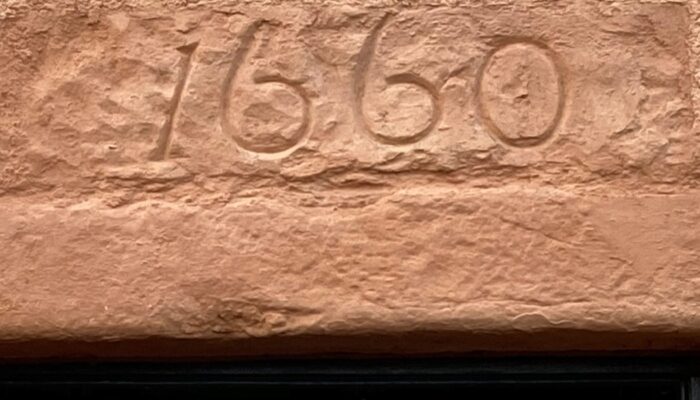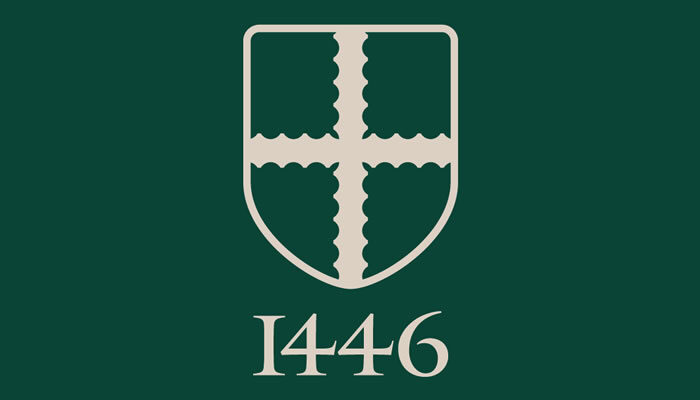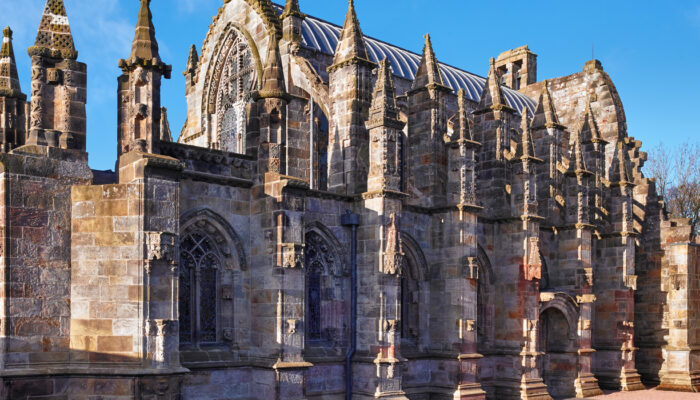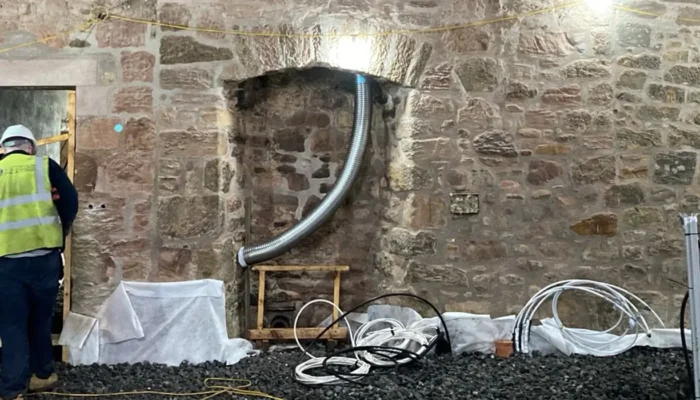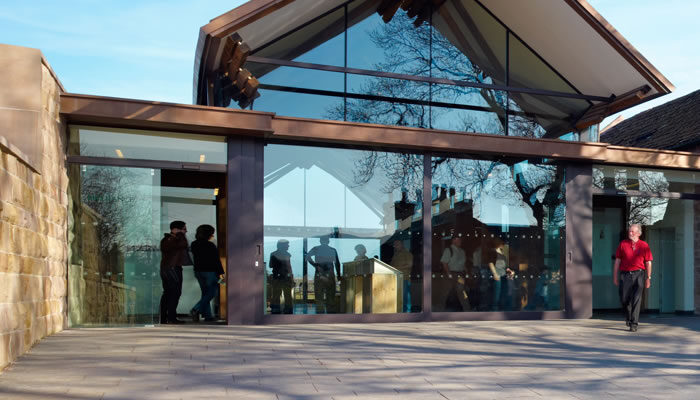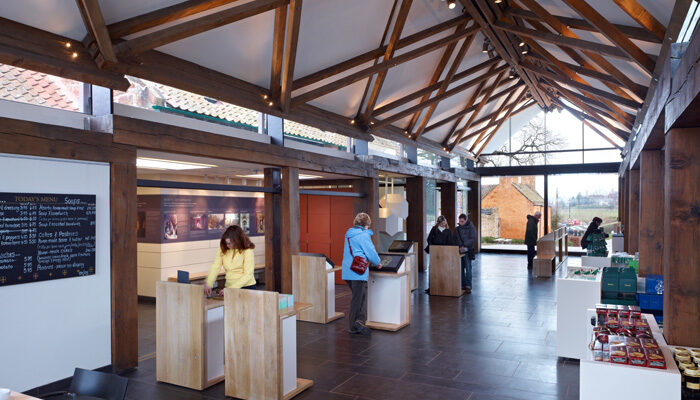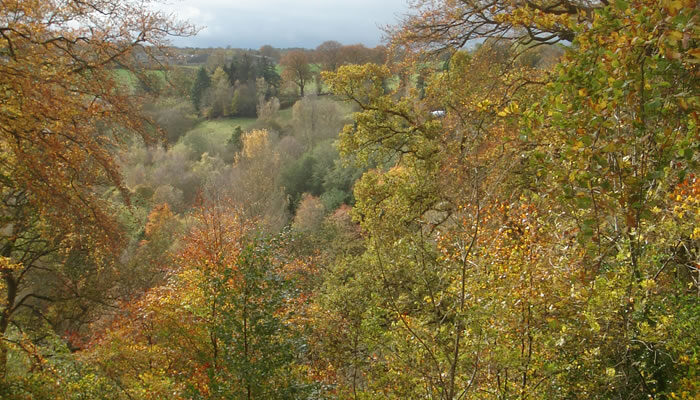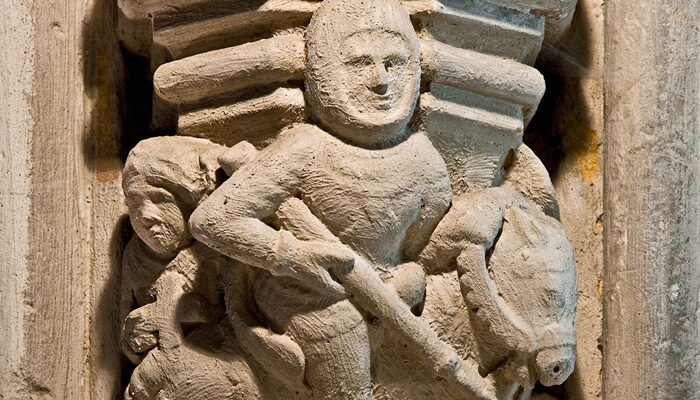
Home > About > Collegehill House > History of Collegehill House
History of Collegehill House
Collegehill House was built originally as an inn and dates back to 1660. It was known as the ‘Old Rosslyn Inn’ until it became a domestic residence in 1866.

Throughout its history, the structure of the building has evolved. Minor changes were made in the early 18th century and then more significant changes followed around 1770, when a rear wing was created and the east wing added around 1810.
These changes reflect the growing interest in visiting Rosslyn Chapel at that time, largely inspired by Sir Walter Scott’s writings.
As an inn, the building welcomed some distinguished visitors. In 1773, Dr Johnson and Boswell ate here on their way to Penicuik House and in 1787, Robert Burns walked from Edinburgh with his friend James Naysmith, who was a frequent visitor to the area, to watch the dawn and then enjoy breakfast at the inn.
Burns evidently enjoyed his visit as demonstrated with two verses scratched on a pewter plate, which he presented to the landlady –
My blessings on you, sonsie wife!
I ne’er was here before;
You’ve gi’en us walth for horn and knife –
Nae heart could wish for more.
Heaven keep you free frae care and strife
Till far ayont fourscore;
And while I toddle on through life,
I’ll ne’er gang by your door.
In 1803, William Wordsworth, and his sister Dorothy, stayed here before travelling to Lasswade to visit Sir Walter Scott. The inn also hosted a royal visit, when King Edward VII, while Prince Edward, dined there in 1859.
In 1866, the building’s use changed and, then known as Collegehill House, it became the home for the Earl of Rosslyn’s factor, then successive curators of the Chapel.
Its change in use to holiday accommodation took effect in 2002. To check availability and price, please click on The Landmark Trust.
Further reading


